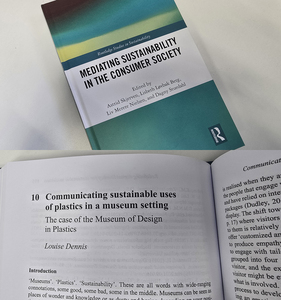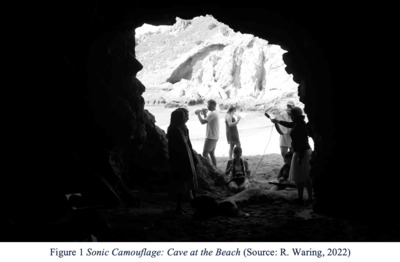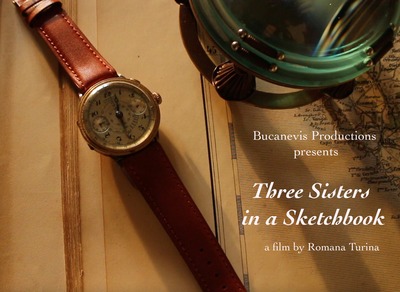Making textiles with others is an exciting and unconventional way of doing research. It has developed from the discipline of textiles practice, but can be readily adapted within other disciplines, bringing arts-based research approaches into conversation with social science research. Textile-making activities can include knitting, sewing, crochet, weaving, dyeing, braiding and embroidery; we consider ‘making’ to also include related activities such as handling textiles or playing with clothes. There are many ways of Making Textiles Together: it should be thought of as an approach rather than a single method.
Making together is the key element of this approach. Activities can be highly diverse in terms of context, format and intention, from drop-in workshops to open-ended creative projects that might extend for months, or even years. They might be synchronous or asynchronous and might take place in person or online. Participants might contribute to one shared piece of work or work on individual textile pieces side by side.
These activities can be used to generate rich data of multiple types. Data might take form in the creative work itself or data might be generated alongside the things being made, for example in the form of audio recordings of discussions, observational notes, or video footage of gestures and interactions. Data can be generated by the researcher, by the participants, or both.
Making Textiles Together offers flexibility in terms of research questions. The approach can be used to investigate something that is closely linked to the act of making, such as how people with different cultural backgrounds learn hand-crafting skills. Alternatively, it can be used to research a completely different topic. For instance, the research focus might be to explore people’s coping strategies when grieving and the researcher might choose a textile making activity to create the desired environment for sharing these personal and sensitive stories. A third possibility is an action research approach that uses making to address and solve problems or create items that can be used directly by the participant group, such as mending garments or creating objects to meet specific needs.
 |



 Lists
Lists Lists
Lists










